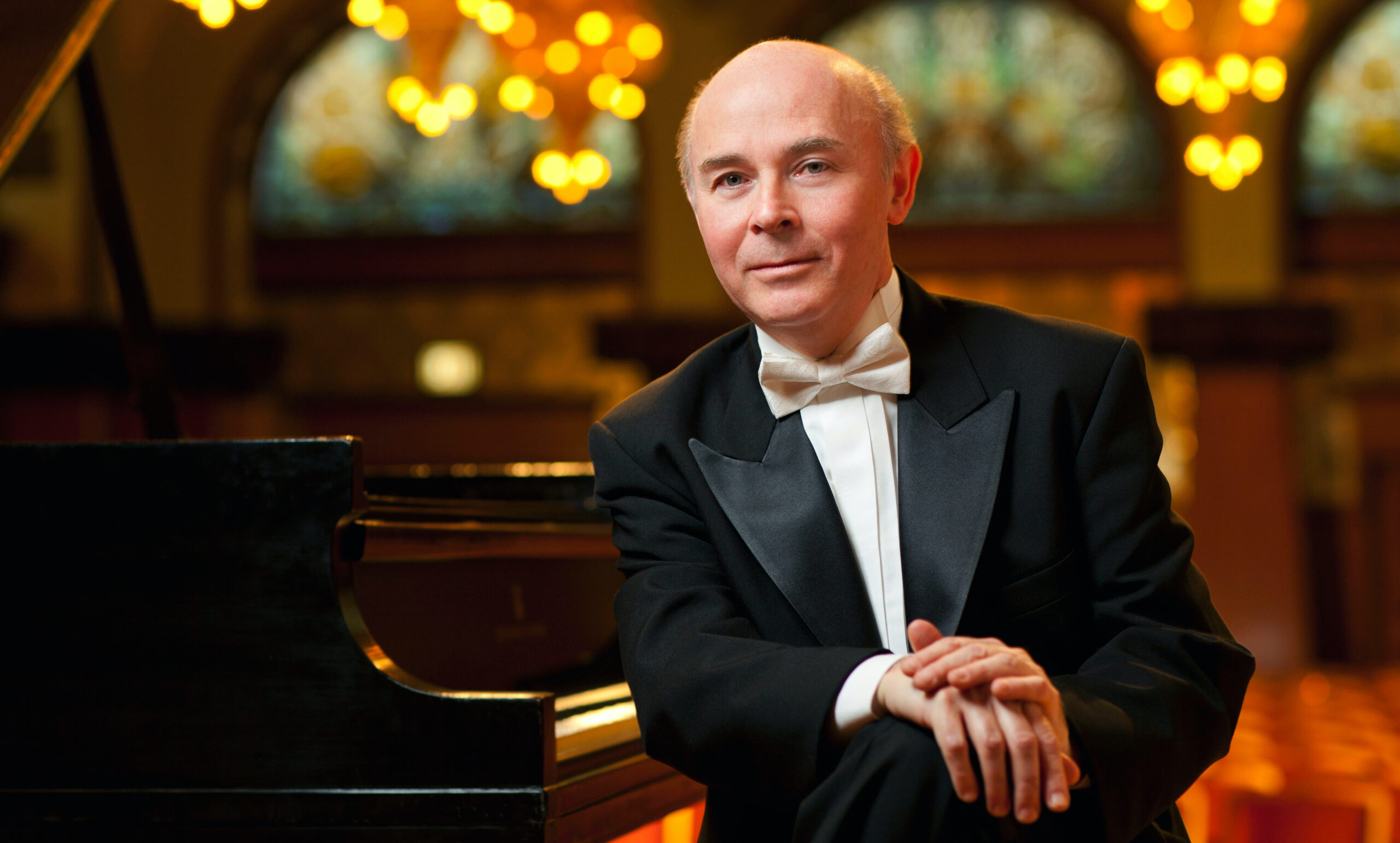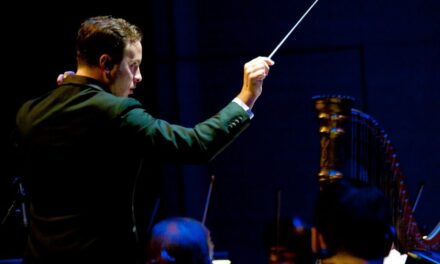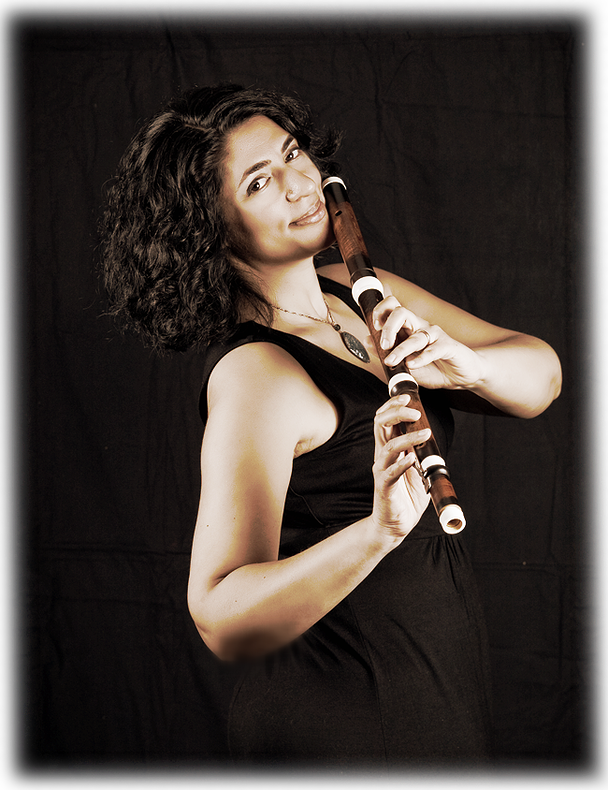Jorge Federico Osorio. Photo: Todd Rosenberg
Schumann and Brahms
Louisville Orchestra
Edwin Outwater, conductor
Jorge Federico Osorio, pianist
A review by Annette Skaggs
Entire contents are copyright © 2021 by Annette Skaggs. All rights reserved.
Robert Schumann was part of a talented family of musicians, the epitome of what we consider a composer of the Romantic age to be: full of self-expression, lyrical and comfortable with their oft times whimsical approach to writing. Favoring the piano, Schumann devoted many of his works to his wife Clara, a gifted concert pianist in her own right.
The Piano Concerto in A Minor, Op. 54 is nothing short of a love letter to his wife, Clara, who, by musical historians’ accounts, was a great interpreter of the composer’s works. When one listens to the whole of the piece you can almost picture the lovers in a parlor with Clara sitting at the pianoforte, fingers on the keys, while Robert stands nearby with a quill in hand in case a small change needs to be made to perfect the score, collaborating and laughing and ensconced in the beautiful music being created.
We were treated to an extremely talented pianist in Jorge Federico Osorio, whose technical and interpretive artistry was on full display as the guest soloist. With no score in front of him, Mr. Osorio nimbly made his way across the three movements with nary a note out of place. In fact, there were times I thought he was going to express a little extemporaneous artistic license, but no. Everything was expertly placed and beautifully phrased.
Our Louisville Orchestra, under the watchful baton of guest conductor Edwin Outwater, was with Osorio for every turn, note for note. In the first movement, Allegra affettuoso, there is an absolutely gorgeous moment in the writing where the piano and clarinet are having a conversation that is so melodious that you want to hear even more, but all of a sudden, if you weren’t paying attention, other woods join in the conversation, as well as the strings, and the lines are parallel with each other. Intermezzo: Andantino grazioso and Allegro vivace, the second and third movements, had little hiccups in that some cutoffs weren’t as clean as they could have been, but it really didn’t distract too much. I would have had a hard time cutting off a succession of 32nd notes so quickly.
So, let’s jump to our other spotlighted composer: Johannes Brahms and his Variations on a Theme of Haydn, Op. 56a. Featuring 10 variations, from the entrance of the cellos and basses in the St. Anthony Chorale: Andante, one can hear the Franz Joseph Haydn influence, with a nod to fugal counterpoint and intricately woven themes. If you are unfamiliar, these variations exist in two forms: piano duet and orchestral.
As I sat down to pen this, keeping the work in my head and referencing the mad scribbling that I do in the dark while listening, there were few notes to refer to. Sometimes one gets lost in the moment. Throughout the variations, a recurring theme emerges that pops out at the most interesting times and with an instrument you didn’t expect. And just when you are getting lulled into conformity and repetition, Brahms hits you with a departure of the norm as is the case in the Finale where, if you will, he lays it all out. Using technique and soundscapes that aren’t common for the era, Brahms leaves us breathless with a thrilling ending that encapsulates the look and feel of what Haydn began.
As I watched Outwater lead our orchestra, you could see the fun he was having.
The other two composers that were featured this evening could very well become part of the canon of orchestral works as they both had great sounds with individual stories.
French composer and pianist Louise Farrenc has not written too many orchestral pieces, but her Overture No. 2 in E-flat Major, Op. 24 is certainly worthy of the music hall. The piece begins slowly and builds into a magnificent melody that is embraced most notably in the bassoons, with a delivery that makes one take notice.
Little Suite (“Mala Suita”) by lesser-known composer Witold Lutoslawski left me wanting more of his works. The piece is dotted with inspiration from Polish folk music and Mr. Lutoslawski hid his style of composing to appease the political powers of Russia at the time. In the first movement, Fife, the piccolo, and snare drum (played beautifully by Donald Gottlieb and James Rago, respectively) play off of each other. Hurra Polka, the second movement, sounds like something straight out of a cartoon or movie soundtrack. While the third movement Song has a kind of melancholy ending, life is light and sunshine again in the Finale: Dance.
It cannot be overstated how exciting it is to see our Louisville Orchestra participate in the outreach that they are doing to so many people, young and old, demonstrating the power and strength of music. Sarah Lempke O’Hare, Director of Education and Community for the LO, addressed the audience at Whitney Hall about the exciting programs taking place including the “Once Upon an Orchestra” at the Louisville Free Public Libraries and the upcoming re-introduction of the Rap School with frequent collaborator, Jecorey Arthur.
Watching Mr. Outwater’s joy at the podium, I believe he wasn’t quite ready to leave our fair city when in the corner of the stage I watched the horns return to their seats, and with a wave of the baton, we were treated to a bonus Brahms: Hungarian Suite, No. 5, with some really interesting twists and turns.
Bravi Tutti!!
Schumann and Brahms
November 20, 2021
Louisville Orchestra
Kentucky Center
501 West Main Street
Louisville, KY 40202
Louisvillleorhestra.org
Annette Skaggs is heavily involved as an Arts Advocate here in Louisville. She is a freelance professional opera singer who has performed throughout Europe and in St. Louis, Cincinnati, Boulder, Little Rock, Peoria, Chicago, New York and of course Louisville. Aside from her singing career, she has been a production assistant for Kentucky Opera, New York City Opera, and Northwestern University. Her knowledge and expertise have developed over the course of 25+ years’ experience in the classical arts.





